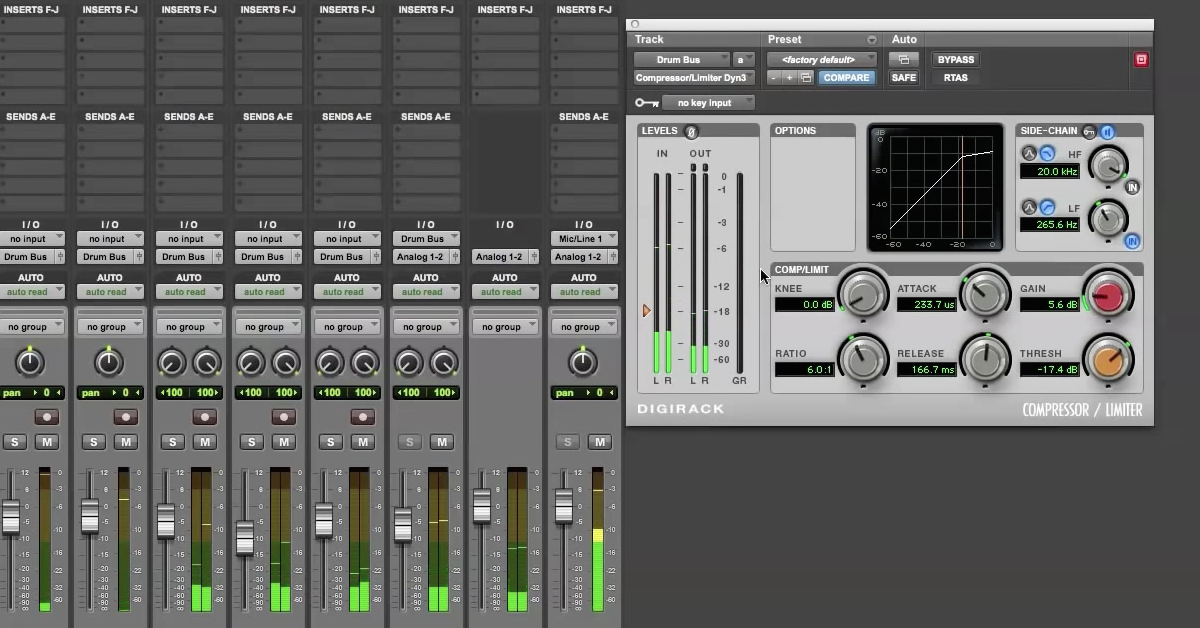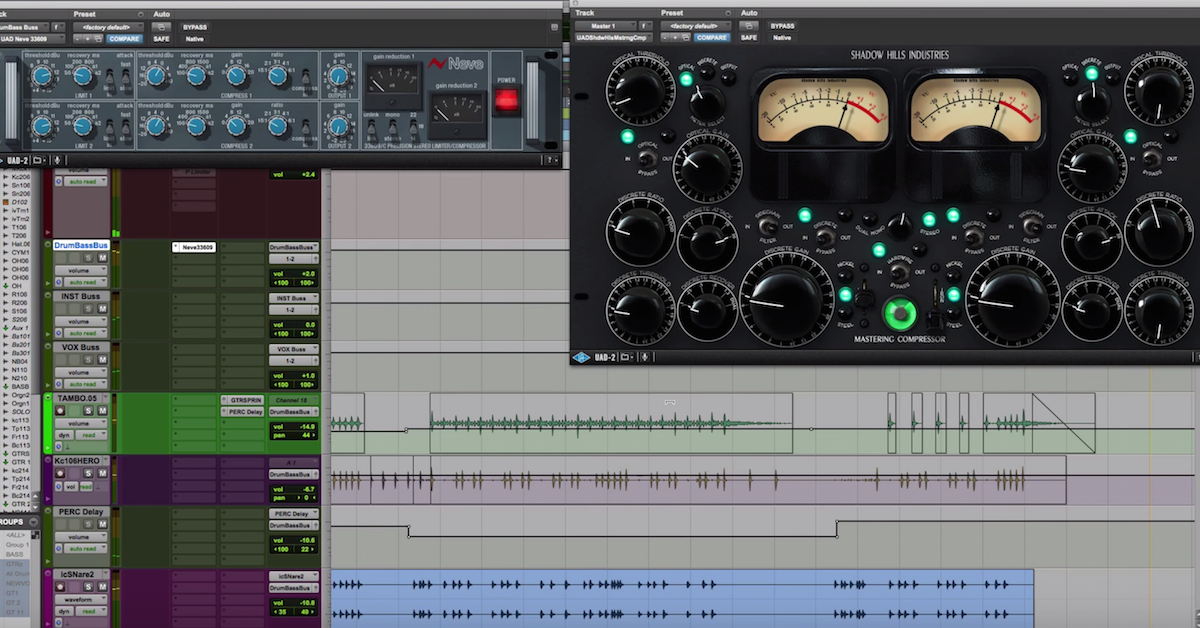Should I EQ Before or After Compression?
Article Content
Long ago, a question that I pondered for a while before making a decision was should I equalize before or after compression?
It’s still a question that I hear a lot from my students, and the answer that I give them is that although there are rules of thumb depending on the source material, officially, there is no correct answer.
Generally, I find myself EQ’ing before compression, but not always.
Here are a few of these rules of thumb and points that I consider before deciding which comes first.
Is there a build up of specific frequencies?
If so, it’s arguably a good idea to apply subtractive EQ before compressing, especially with elements like kick drum and bass.
Some compressors notoriously make things sound thinner if they’re pushed too hard, so to avoid overloading, try a high-pass filter or a cut in the 150-500 Hz range before applying any compression.
However, sometimes it’s favorable to use compression to tame low frequencies.
The dbx160 (which has been emulated wonderfully by UAD) tends to remove the lows from source material, so sometimes if a kick drum or bass is too subby or boomy, I’ll apply it to that source — essentially using it as a compressor and equalizer.
Does the source material have harsh transients that need to be tamed?
Something like claps or snare drum, for example, can be perceived as harsh, but otherwise have a pleasing timbre.
In this instance, I would place a compressor first with a moderately slow attack to allow a portion of the transient through, and perhaps EQ after if there’s still something lacking (see next point)
If something is having trouble “poking through” in your mix, try compressing first.
The rationale here is that if you were to first apply additive EQ, let’s say in the 2k range, that boost could push the compressor in an unwanted way, and actually negate the additive EQ.
Again, for this example I’ll use claps. If my claps are lacking clarity and presence, I’ll first apply compression to tame the transient, and then use additive EQ around 2k to help make them more apparent.
Can I EQ, then compress, then EQ again?
Yes, absolutely. In fact, when mixing vocals, I use this approach. I’ll use a high-pass filter if there are any rumbly low frequencies, and perhaps some lower-mids to make sure that the compressor isn’t getting overloaded — then I’ll apply compression to taste — and then with another EQ, perhaps boost around 10-15k to add air. Maybe then I’ll send all the vocals to an aux that is part of a multibuss setup and EQ or saturate at that stage, and then again when mastering.
Conclusion
In summary I believe it’s more important to make a decision based on the source material quickly, and move on, than to fatigue yourself by worrying about “the correct way” to mix.
Most compressors (even digital ones) have an inherent tone, and can be used as an EQ, a fact that renders this question even more unanswerable.
Purists or experienced classical/jazz engineers would probably disagree with me, but I hope you’ve enjoyed this non-answer and I’d be happy to (not) answer any questions you may have!




